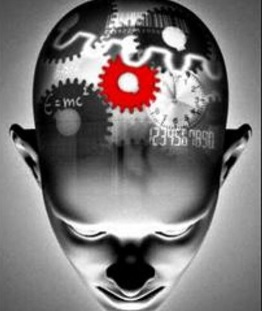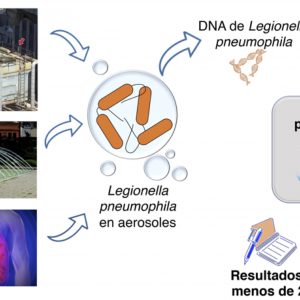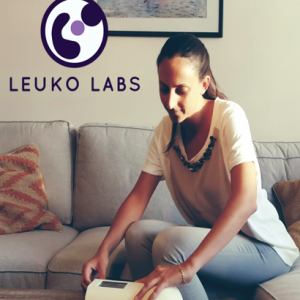Brief description of the solution and the added value it delivers
We use our knowledge of logic programming to represent human reasoning, our experience in constraints to return constructive answers and our fuzzy software tool to model human intelligence, using a simpler syntax than that of any other software tool based on commercial programming languages.
Prototypes have already been successfully produced for the RoboCup league, for speech-based emotion recognition, flexible database searches and decision-making in programme parallelisation.
Description of the technological basis
Human reasoning is fuzzy. It includes uncertainty and incomplete information. Moreover, human perception is subjective and changeable. Implementing that using traditional programming languages (abstractions of the machines’ computing mechanism) is extremely difficult.
What sets us apart is that, thanks to logic programming, we model human reasoning and, thanks to constraints, we provide constructive answers. Furthermore, HISS makes it possible to model intelligence using a simpler syntax than that of any other tool based on commercial programming languages.
‘We model human reasoning, fuzzy criteria (cheap, big, etc.) and flexible searches qualitatively and quantitatively’
Business needs / application
-
Traditional marketing based on winning customers has changed to a concept of relationship marketing, where what matters is customer satisfaction and retention.
-
Retaining customers implies understanding them by analysing their behaviour, recognising their emotions, assessing their satisfaction, and so on.
-
Big data and data analysis are being used to get information about customers. Artificial intelligence and emotion recognition have become powerful tools for interpreting results from a human point of view.
-
Three of Gartner’s Top Ten Strategic Technology Trends for 2015 relate to intelligence everywhere [https://actualidad.rt.com/ciencias/view/84748-millones-euros-modelo-cerebro-markram].
‘Cognitive science is changing the market research landscape. Being able to model human reasoning expands the limits of machines’
Competitive advantages
-
Representation of human reasoning providing constructive answers based on available data.
-
A proprietary fuzzy tool capable of representing human intelligence using a simple syntax.
-
Ability to represent fuzzy concepts, partial information (using default values), similarity, credibility, etc.
-
Open-source high-level programming tool for representing any kind of cognitive problem, adapting it to the required needs and improving the accuracy of the results through machine learning and the personalisation of preferences.
-
Successful results with the prototypes implemented to date:
-
Our RoboCup team won the 2005 Ibero-American league championship.
-
Our prototype for recognising emotions in animated recordings achieved a success rate of 95% in identifying the speaker’s mood.
References
-
Successful prototypes for speech-based emotion recognition, flexible database searches and decision-making in programme parallelisation were presented at the RoboCup league.
-
Susana Muñoz Hernández, who is behind the technology, won the UPM 2011 research prize.
-
Already in contact with financial institutions, emergency services and marketing companies.
Stage of development
- Concept
- Research
-
Lab prototype
- Industrial prototype
- Production
Contact
HISS contact
Susana Muñoz Hernández
e:
UPM contact
Innovation and Entrepreneurship Programmes
Technological Innovation Support Centre (CAIT) – UPM
e:













